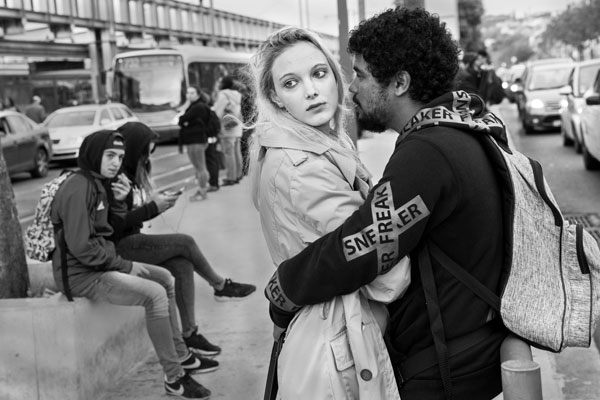Some Known Incorrect Statements About Framing Streets
Some Known Incorrect Statements About Framing Streets
Blog Article
The 7-Second Trick For Framing Streets
Table of ContentsThe Of Framing StreetsGet This Report about Framing StreetsSome Ideas on Framing Streets You Need To KnowThe 20-Second Trick For Framing StreetsThe 7-Minute Rule for Framing StreetsFraming Streets for Beginners
Photography genre "Crufts Dog Program 1968" by Tony Ray-Jones Street digital photography (likewise often called honest photography) is digital photography carried out for art or query that includes unmediated possibility encounters and random cases within public locations, generally with the objective of capturing images at a decisive or touching minute by careful framing and timing. 
His boots and legs were well defined, but he is without body or head, because these were in activity." Charles Ngre, waterseller Charles Ngre. https://www.pubpub.org/user/david-turley was the initial photographer to acquire the technological class required to register individuals in motion on the street in Paris in 1851. Digital Photographer John Thomson, a Scotsman collaborating with reporter and social lobbyist Adolphe Smith, released Road Life in London in twelve month-to-month installations beginning in February 1877
How Framing Streets can Save You Time, Stress, and Money.
Eugene Atget is considered a progenitor, not since he was the very first of his kind, yet as an outcome of the popularisation in the late 1920s of his record of Parisian roads by Berenice Abbott, that was influenced to take on a comparable paperwork of New York City. [] As the city developed, Atget assisted to promote Parisian roads as a worthy topic for photography.

Framing Streets Things To Know Before You Buy
The chief Mass-Observationists were anthropologist Tom Harrisson in Bolton and poet Charles Madge in London, and their first report was generated as the book "May the Twelfth: Mass-Observation Day-Surveys 1937 by over 2 hundred viewers" [] Home window cleaner at Kottbusser Tor, Berlin, by Elsa Thiemann c. 1946 The post-war French Humanist School professional photographers located their subjects on the road or in the restaurant. Between 1946 and 1957 Le Groupe des XV each year showed work of this kind. Andre Kertesz. Circus, Budapest, 19 May 1920 Road photography formed the significant material Learn More Here of two exhibits at the Gallery of Modern Art (Mo, MA) in New York curated by Edward Steichen, Five French Professional Photographers: Brassai; Cartier-Bresson, Doisneau, Ronis, Izis in 1951 to 1952, and Post-war European Digital Photography in 1953, which exported the principle of road digital photography worldwide.

Framing Streets Can Be Fun For Everyone
, then a teacher of young kids, associated with Evans in 193839.'s 1958 book,, was considerable; raw and typically out of emphasis, Frank's images questioned conventional photography of the time, "challenged all the official regulations laid down by Henri Cartier-Bresson and Walker Evans" and "flew in the face of the wholesome pictorialism and sincere photojournalism of American publications like LIFE and Time".
Report this page